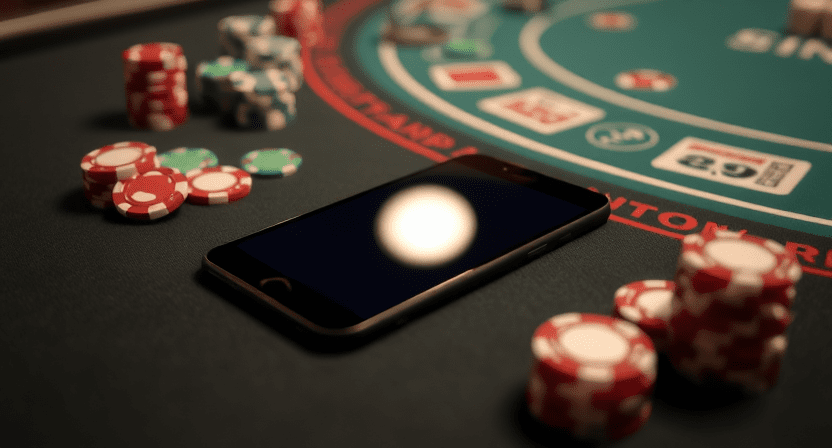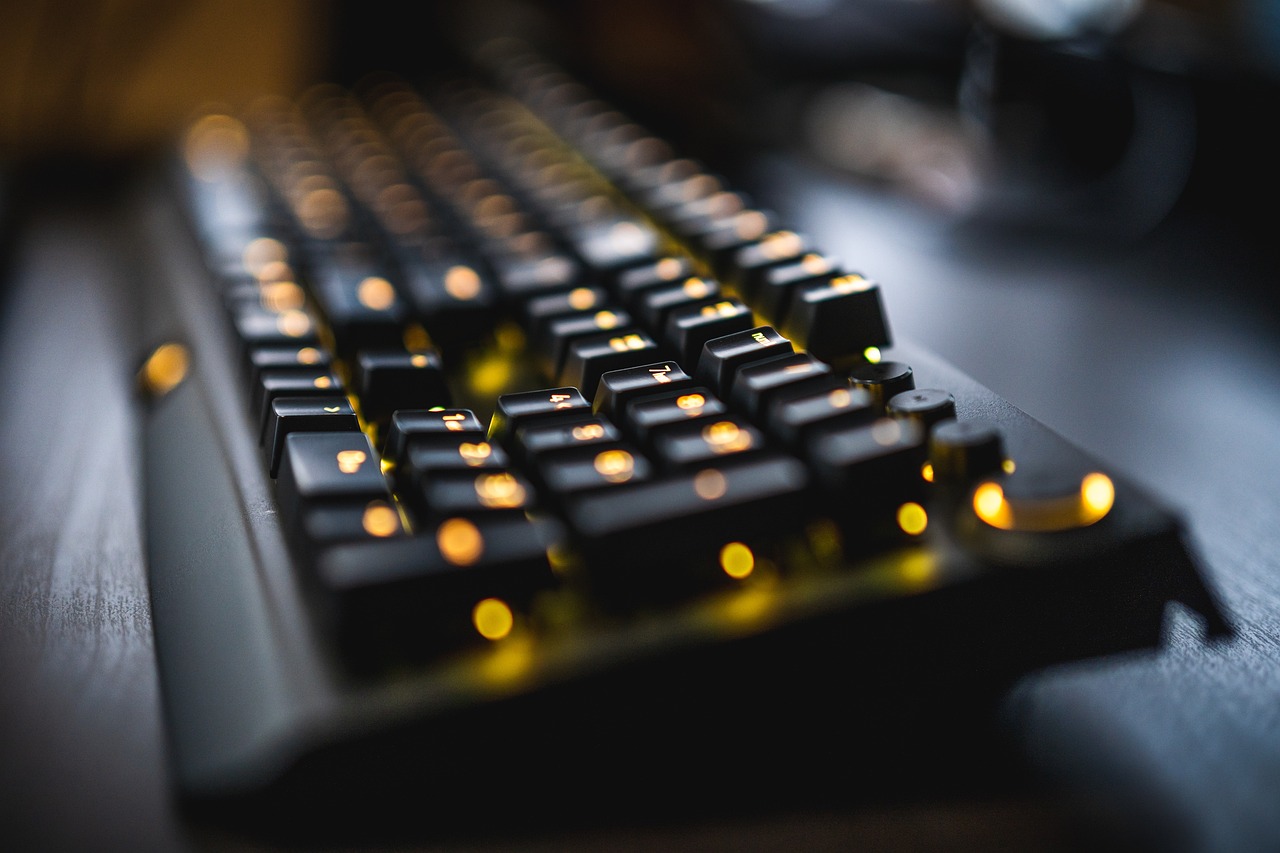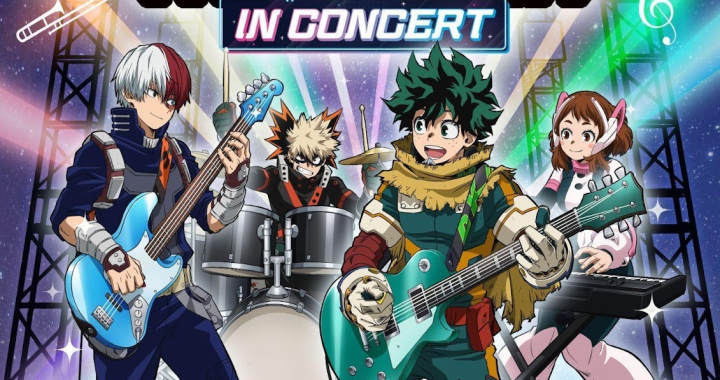
Using Pop Culture in the Classroom
When a kid comes to the classroom, he or she gains important knowledge, skills, and experience. They are transited in various ways by using various approaches. One of them is the use of pop culture in the classroom. One study showed that teenagers spend about 53 hours per week watching TV shows, surfing social media, reading books, or listening to music. Their interest can be used to optimize the process of learning.
We have asked Charles Ross about what he thinks of conceding the issue of using pop culture in the classroom. He is a famous essay writer and blogger at a professional custom writing service AffordablePapers.com and covers many topics closely related to students’ life. Here is what he thinks:
“Pop culture is important for children of any age. It unites them with the community, teaches the history of their people and makes them experienced. Accordingly, educators ought to implement it in the classroom as effectively as possible.”
We agree with Charles and want to show how educators can use pop culture in the classroom to reach a positive outcome.
The Importance of Pop Culture in Education
Before we explain how to implement this phenomenon in lessons, we’d like to mention its importance. There are several crucial points that prove the high value of pop culture in the learning process. These are as follows:
- The feeling of unity with the community;
- Gaining cultural experience;
- Improvement of relations between teachers and students;
- Growth of self-esteem;
- Better engagement in the learning process;
- Learning via social media;
- Diversity of lessons;
- Inspiration to learn more diligently, etc.
As you can see, these factors are important. They make the learning process more vivid and attract students. It’s only necessary to use pop culture effectively.
Make You Lessons Memorable
First of all, your lessons are expected to remain in the memories of students for a long time. You should try various approaches and never use the same methods. Apply a new method for every next topic. Be sure to use various forms of popular culture:
- Music;
- Videos;
- Apps;
- Software;
- Laptops;
- Smartphones, etc.
Use It for Conversations
It’s vital to use pop culture as a conversation starter. You should not be surprised when you discover an enormous interest of students in any topic if it’s implemented via pop culture. For example, discuss some historical events by using a documentary film released on YouTube. We can bet students will be engaged and will offer a few more sources of similar origin.
Another good example is about discussing serious themes. You may centralize such words as “love”, “loyalty”, “dignity” by listening to music. Find songs that review these words and ask students to analyze them. They will be happy to add their ideas and suggest other songs with similar themes.
Encourage to Write about Their Passions
Propose youngsters to write essays about what they like. It may be anything and based on everything. For example, many teenagers adore Star Wars. Let them write an essay that reveals important aspects of their lives that are revealed in this series. It highlights many “eternal” topics, which are always important. For example, students can write about:
- Love;
- Hatred;
- Loyalty;
- Betrayal;
- Friendship;
- Sense of life;
- Fighting your fears;
- Learning the forgiveness;
- Finding your place, etc.
Every movie covers several aspects of our life. You are welcome to choose any or ask your students to suggest their variants. The same can be done with songs, interesting podcasts, and something of the kind.
Use Popular Culture as a Model
Another great tip is to implement pop culture as a behavioral model. You should conduct in-depth research because it’s a tricky and delicate method. You should be 100% sure that the model you choose is positive and it will never harm your students.
You may use some popular song and analyze it as a literary masterpiece. Ask students to pay attention to:
- Tone;
- Voice;
- Composition;
- Style;
- Word choice, etc.
Throw a friendly discussion. Ask students to identify the value and in-depth meaning of the studied song. Make sure you link it to poetry or some famous novel that has similar or even the same motifs.
Give Them Freedom
It is also vital to give your students freedom of choice. This learning method should be used by every educator. Let them choose the next topic and the part of pop culture they like. Students may:
- Give lessons;
- Write essays;
- Use social media;
- Make clips;
- Write songs, etc.
Be Involved
Teenagers feel when somebody is with or against them. Being a teacher who shares their interests is the right way to success. Don’t simply stop and stare. Participate in the projects created by your students. Show that you like what they do and it’s important for you. Thus, you will gain their respect and will encourage learning more diligently.
Reward Your Students
Everyone likes to be praised and receive all kinds of rewards. Students should never be an exception. You should be honest with them and treat them with due respect. If a person has successfully accomplished a complex project, give an adequate reward. If one fails, make sure you support and encourage him or her.
The kinds of rewards can be whatever you feel is appropriate. For example:
- The chance to choose the next topic;
- A day without homework;
- Conducting lessons outside all day long;
- Visiting interesting exhibitions;
- Hiking or camping with the class;
- Excursion to captivating places and so on.
The importance of pop culture during lessons is enormous. As teenagers are fond of different aspects and manifestations of popular culture, they can be successfully used in education to engage youngsters in learning more diligently and regularly. The tips provided in our guide are helpful and educators may improve their lessons by using them all.
Author Profile
Latest entries
 TV & MOVIESMarch 13, 2025RoboForce: The Animated Series – A Nostalgic Revival by The Nacelle Company
TV & MOVIESMarch 13, 2025RoboForce: The Animated Series – A Nostalgic Revival by The Nacelle Company GamingJanuary 29, 2025Reels, Chips, and Algorithms: The Game Mechanics Evolution of Casino Games
GamingJanuary 29, 2025Reels, Chips, and Algorithms: The Game Mechanics Evolution of Casino Games ColumnsDecember 30, 2022The Best Comics For You According To Your Hobbies
ColumnsDecember 30, 2022The Best Comics For You According To Your Hobbies ColumnsDecember 14, 2022The Biggest Gaming Wins of This Century
ColumnsDecember 14, 2022The Biggest Gaming Wins of This Century









